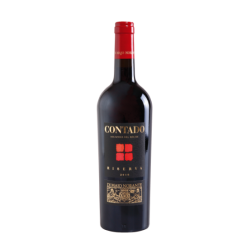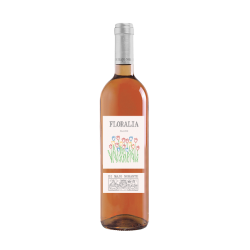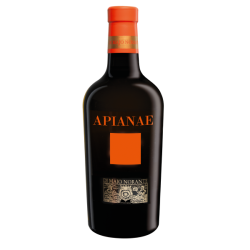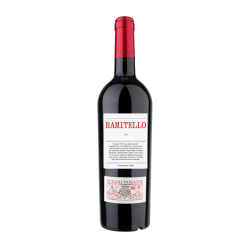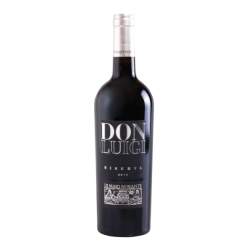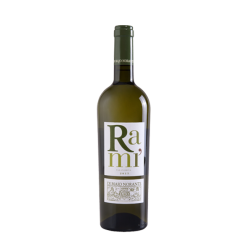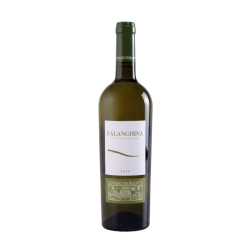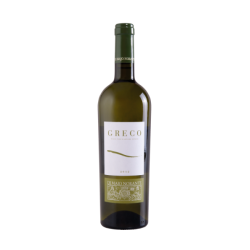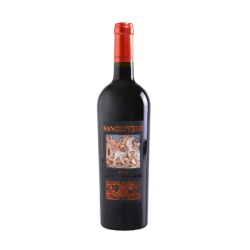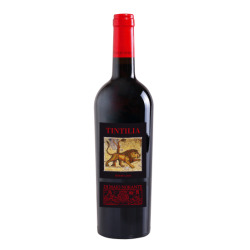No products
Prices are tax included
Product successfully added to your shopping cart
There are 0 items in your cart. There is 1 item in your cart.
Categories
- White Wines
- Red wines
- Rosé wines
- passiti wines
- Sweet Wines
- Sparkling wines
- Champagne
- Special Offers
- Wines from the world
- Finest Wines
- Awarded wines
- Tasting List
-
Our's Manufacturers
- Abrigo Giovanni
- Adriano Marco e Vittorio
- Amalia
- Anselma Famiglia
- Antichi Vigneti di Cantalupo
- Barale Fratelli
- Brezza
- Bricco Mollea
- Burdisso
- Conterno Franco
- Dacapo
- Dogliani il Generale
- Enzo Boglietti
- Fattoria Del Teso
- Fratelli Serio & Battista Borgogno
- Gabriele Scaglione
- La Spinetta
- Ghiga
- Giribaldi Mario
- Joaquin
- Monchiero
- Negro Angelo
- Negro Giuseppe
- Palladino
- Pepici
- Pietro Piovano
- Pira Luigi
- Ressia
- Rocche Costamagna
- Tenuta Baràc
- Gallino Giuseppe
- Bag in Box
- Spirits and Liqueurs
- Not only wine
List of products by manufacturer Di Majo Norante
Di Majo Norante has been making wine from grapes ever since 1800, as is evidenced by the old cellars underneath the square and in the old family building at Campomarino. Commitment to grape growing was inherited first of all by Luigi and then by Alessio Di Majo and continues today alongside research and experimentation.
Di Majo Norante produces its own wines from grapes grown in the 85 hectare vineyard of the ancient fief of the Marquises Norante di Santa Cristina.
The modern cellar will soon be flanked by a barrel store which was originally a 17th-cent. stone granary. The reason for this is that the Di Majo Norante wine-making philosophy is consistent with a traditional approach to grape growing and wine production, centred on preserving all the characteristics of Mediterranean wine-making.
-
6 Aglianico del Molise Riserva Contado, Di...
Contado is obtained from pure Aglianico grapes that are grown on the hills of Molise in the Camarda vineyard. The vinification is then carried out through slow fermentation with maceration in small steel fermenters. The wine is then aged for about three years, one of which in barriques and tonneaux
75,60 € 84,00 € -10%In Stock -
-
6 Apianae, Di Majo Norante
This old vine, which was dear to the Popes, has been cultivated in Italy since 200 B.C. and was named Apicia, Apicius or Apianae - according to Colummella and the other Georgics
119,70 € 133,00 € -10%In Stock -
6 Biferno Rosso Ramitello, Di Majo Norante
This cru is made from a selection of the best Montepulciano and Aglianico grapes grown in the Ramitello area of Campomarino
73,80 € 82,00 € -10%In Stock -
6 Don Luigi Riserva, Di Majo Norante
Red wine Don Luigi is the flagship product of our winery. It is a wine made from carefully selected best and the most mature grapes of Montepulciano
190,80 € 212,00 € -10%In Stock -
6 Falanghina Ramì, Di Majo Norante
This cru is made from the best Falanghina grapes, which are predominant, and some Fiano grapes, both grown in the Ramitello vineyard at Campomarino
49,50 € 55,00 € -10%In Stock -
6 Falanghina, Di Majo Norante
This old vine was greatly appreciated by the Sannites who considered it one of the best.
60,30 € 67,00 € -10%In Stock -
6 Greco, Di Majo Norante
According to Aristotle, this old vine originated in Thessaly. Cato, Varro and Virgil praised the rare qualities of this grape, distinguishing five clones, among which the most famous is the Aminea Gemina Maior, used to make this wine
55,80 € 62,00 € -10%In Stock -
6 Sangiovese, Di Majo Norante
Made from 100% Sangiovese grown in the Ramitello and Martarosa vineyards and hand-harvested in October, this wine is aged in stainless steel and large oak barrels for six months to achieve greater smoothness and softness while preserving the supple fruit-forward characteristics of Sangiovese
51,30 € 57,00 € -10%In Stock -
6 Tintilia, Di Majo Norante
Tintilia is a black-skinned grape indigenous to the small region of Molise. It is grown in very small quantities. Tintilia wines tend to a rich, ruby red in color and are full-bodied, with evident, yet soft, tannins
94,50 € 105,00 € -10%In Stock













